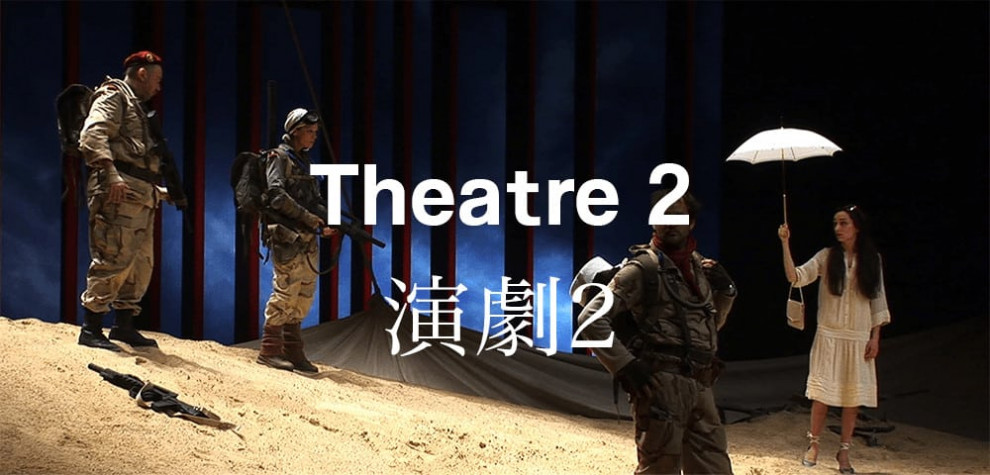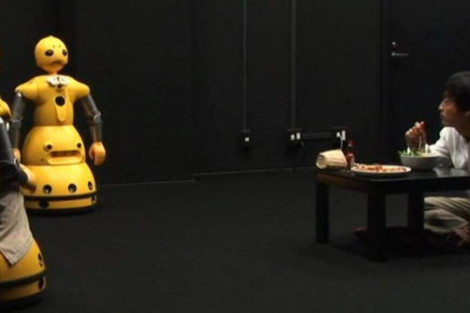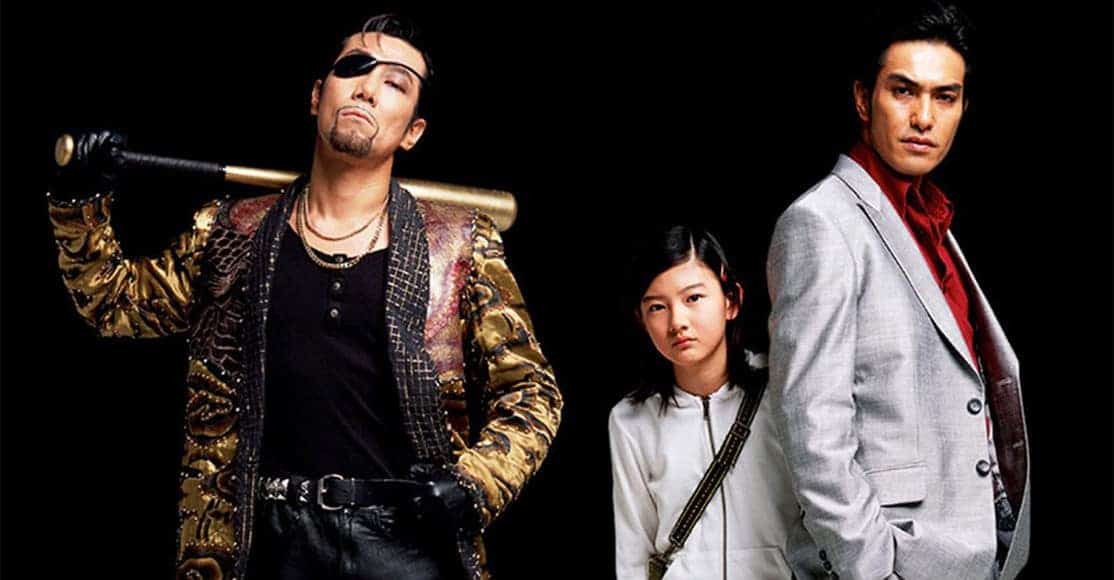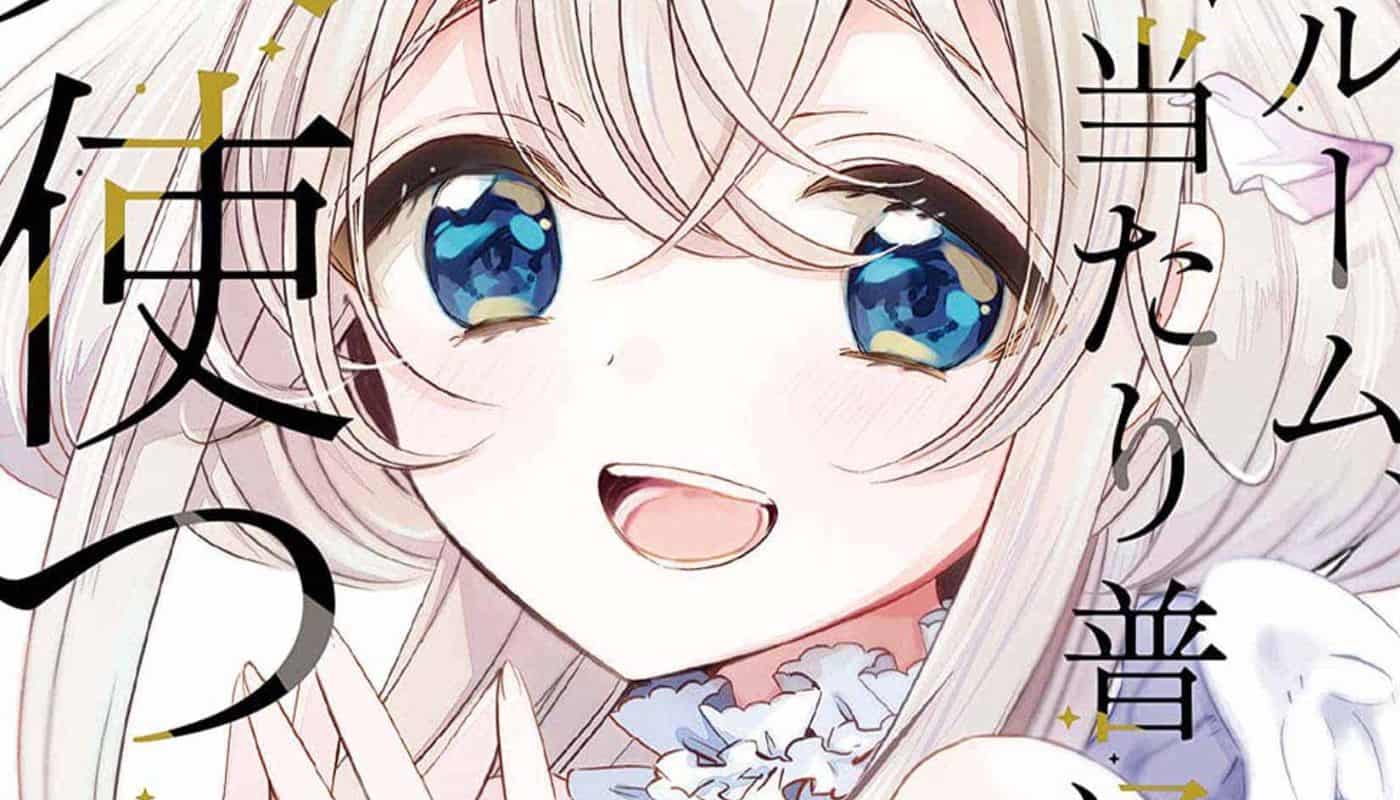Taking on from the first part, ‘Theatre 2' tries to get many more details of the well-regarded Japanese playwright Oriza Hirata. His particular idiosyncrasies and principles are still present but get under a much more personal and microscopic eye of the director Kazuhiro Soda. The result is an astonishing documentation of a man with undying conviction who is inept to adapt to the technological advances or even the foreign shticks, with the energy of an enthusiastic newcomer. The better aspect of the second part is how it gets in-depth of the character without ever purposefully trying to seek information. And still, the way it has been edited makes just the right use of the material to bring the emotional quotient to a constant graph.
Theatre 2 is available from Ovid.tv
In the previous part, we saw Mr. Hirata directing trained actors, the ones who understand the craft and can pick up the cues suggested by him, with the understanding of its implications. In this second part of the documentation, we see him dealing with untrained actors like high-school students to even the school-staff in order for them to understand what constitutes a drama and improvising it on the basis. These bits not only offer a great insight into Hirata's knowledge and the firm understanding of theatre but also showcase his enthusiasm to spread it as a form of art, which has become an inseparable part of his life. The students' reactions while experiencing all of these antiques are priceless, while bringing much from their own lives to their roles to better understand their assigned parts in the scripts.
Hirata's interactions with them ooze joy and passion, which reflects through the film. Even this little expedition helps the teachers to better understand and evaluate the psychological aspects while dealing with the students. The playwright rightfully believes that the form can help the impending problem of depression that has been plaguing the entire country. He proposes it to be a part of the school's curriculum as a resourceful remedy as well.
While we get only a few glimpses into his lookout over the financial aspects, the second part clears many related facets to explain his viewpoint on this crucial element, without which nothing would get done. His efforts of funding never put any stress on his face. His generous point-of-view, while accepting the lack of income, shows his vast experience and the years he has put in his work to reach that level of understanding. He doesn't just go beyond his usual Japanese trained actors but goes on to use a robot in his play while also venturing his directorial skills in a foreign land like France. And he seems to be in a constant state of growth where his age doesn't stop his curiosity to experiment. And all the while, he stays rooted in the human emotions that he has been keen to express through his earlier works.
It's also fun to see him direct the French actors who treat him with immense respect. Even with the comedic acts, his understanding of contemporary politics reflects through his work. And none of it stops his works from attaining a high level of admiration. Mr. Soda shows differences between the approaches towards the theatre in both the countries, through the gentle observations and even through their discussions.
The little nuances from the spaces used in the diction to elicit a certain response to the effect that the different set-designs have on the final outcome, all of it are elaborated with mere observations. Besides, the spaces that the director uses in the transitions between the scenes, imploring a complete silence, are genuinely effective for the continuity of the film. Even the little glimpses into the surrounding and into Hirata's life besides theatre, add an emotional levity that helps the transitions into the different territories inside the playwright's mind.
While comparing this film to its prior offering, this one presents a much more intimate and momentarily bleak study into Mr. Hirata's psyche. The extreme close-ups peppered throughout the film asses a sense of claustrophobia, bringing a little too close to the subject. For the same reason, even a shot with a stranger sitting next to him in the train, leaning on to him while controlling her own sleep has stayed vividly in my memory as if I have actually experienced it. In this way, every single decision of using any of the scenes in the final output are purposeful and don't leave without fulfilling their intent.
















